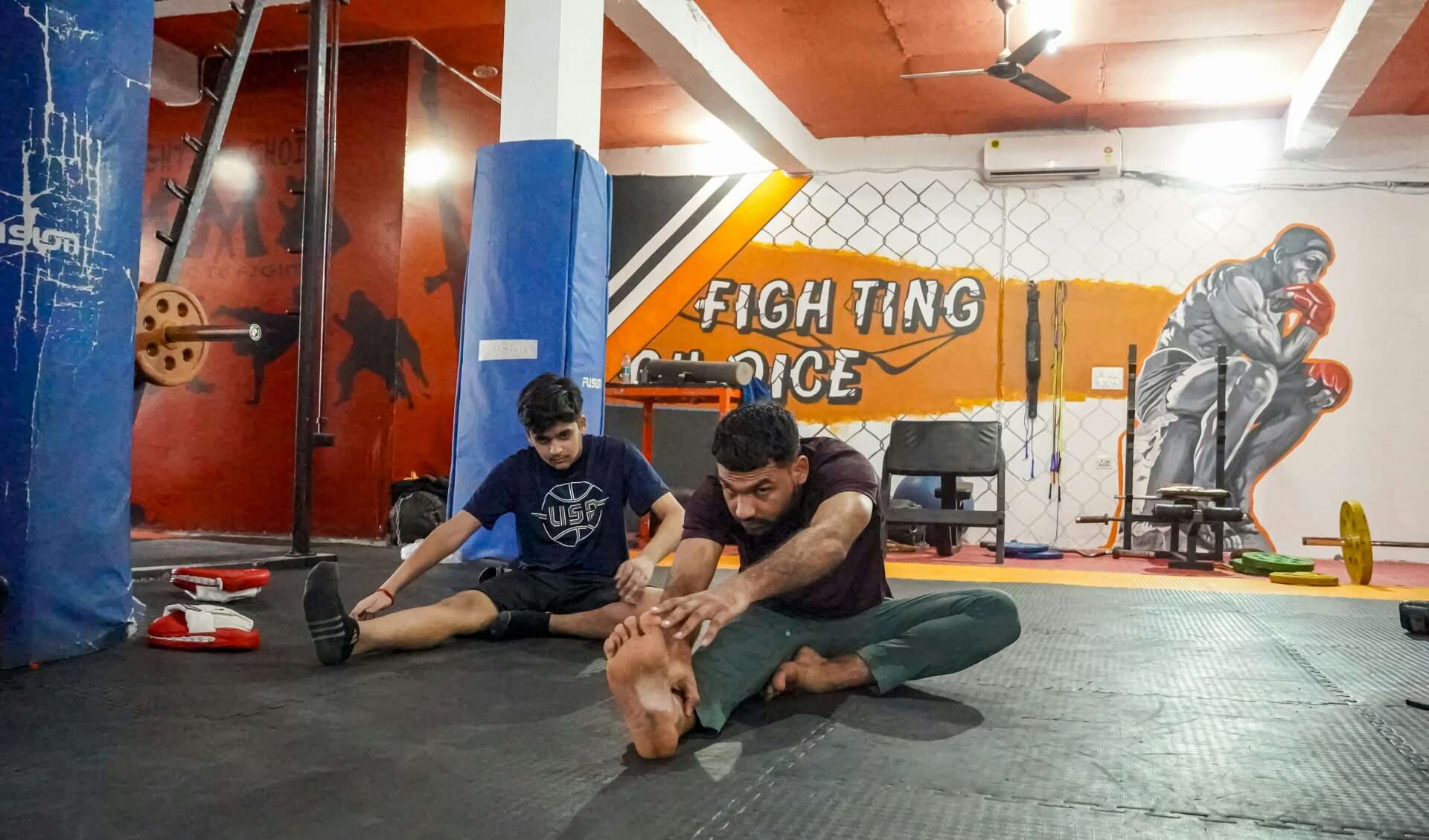The Essential Role of Stretching in Running
For runners, stretching is far more than a simple warm-up or cool-down ritual. Proper stretching techniques enhance running efficiency, improve performance, and significantly reduce injury risk. This comprehensive guide explores the science-backed stretching methods that should be part of every runner’s routine.
Core Benefits of Stretching for Runners
- Increases flexibility and range of motion
- Reduces muscle stiffness and soreness
- Improves running form and efficiency
- Prevents common running injuries
- Enhances post-run recovery
Dynamic Stretching: The Perfect Pre-Run Prep
Why Dynamic Stretching Works
Dynamic stretching before running prepares your muscles through controlled movements that mimic running motions. These stretches:
- Gradually increase heart rate and blood flow
- Activate the neuromuscular system
- Improve joint mobility and muscle elasticity
- Enhance coordination and running mechanics
Top Dynamic Stretches for Runners
- Leg Swings: 10-15 reps per leg (front-back and side-to-side)
- High Knees: 20-30 seconds (focus on form)
- Butt Kicks: 20-30 seconds (light and controlled)
- Walking Lunges: 10-12 reps (with torso rotation)
- Arm Circles: 10 reps each direction
Static Stretching: The Essential Post-Run Routine
The Science of Static Stretching
After running, static stretching helps:
- Return muscles to their resting length
- Reduce post-exercise muscle tightness
- Improve long-term flexibility
- Promote relaxation and recovery
Key Post-Run Stretches
- Standing Hamstring Stretch: Hold 30 seconds per leg
- Quadriceps Stretch: Hold 30 seconds per leg
- Calf Stretch: Hold 30 seconds per leg
- Hip Flexor Stretch: Hold 30 seconds per side
- Lower Back Stretch: Hold 30-45 seconds
Injury Prevention Through Smart Stretching
Common Running Injuries and Prevention
| Injury | Preventive Stretches |
|---|---|
| Runner’s Knee | Quad stretches, IT band stretches |
| Shin Splints | Calf stretches, toe walks |
| Plantar Fasciitis | Towel stretches, calf stretches |
| Hamstring Strains | Dynamic hamstring swings, static stretches |
The Stretching-Injury Connection
- Reduces muscle imbalances that lead to injury
- Improves joint stability and alignment
- Enhances muscle coordination
- Decreases impact forces during running
Advanced Stretching Techniques
PNF Stretching for Greater Gains
Proprioceptive Neuromuscular Facilitation (PNF) combines stretching and contracting for deeper flexibility:
- Stretch muscle to comfortable limit (10 seconds)
- Contract muscle at 20-50% intensity (6 seconds)
- Relax and deepen stretch (30 seconds)
- Repeat 2-4 times per muscle group
Yoga for Runners
- Downward Dog: Full posterior chain stretch
- Pigeon Pose: Deep hip opener
- Pyramid Pose: Hamstring and calf stretch
- Reclined Hand-to-Toe: Isolated hamstring stretch
Creating Your Personalized Stretching Routine
Tailoring Stretches to Your Needs
- Identify your tightest muscle groups
- Focus on areas prone to injury
- Adjust intensity based on flexibility
- Modify for any existing injuries
Sample Weekly Stretching Plan
| Day | Pre-Run | Post-Run |
|---|---|---|
| Monday | Dynamic: 10 min | Static: 15 min |
| Wednesday | Dynamic: 8 min | Yoga: 20 min |
| Friday | Dynamic: 10 min | PNF: 15 min |
| Sunday | Dynamic: 5 min | Full Body: 25 min |
Stretching Equipment for Enhanced Results
Essential Stretching Tools
- Foam Roller: Myofascial release
- Resistance Bands: Assisted stretching
- Yoga Strap: Deepening stretches
- Massage Ball: Targeted muscle release
Mindful Stretching for Mental Benefits
The Mind-Body Connection
- Reduces stress and anxiety
- Improves body awareness
- Enhances focus and concentration
- Promotes better sleep quality
Breathing Techniques
- Inhale deeply through nose (4 seconds)
- Hold breath (2 seconds)
- Exhale slowly through mouth (6 seconds)
- Repeat during each stretch



